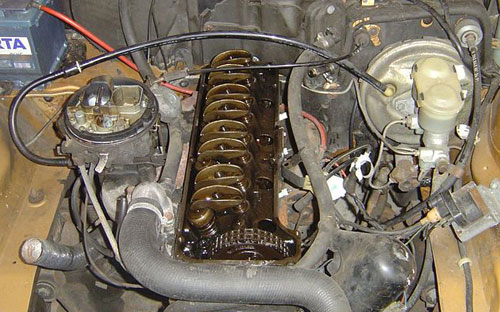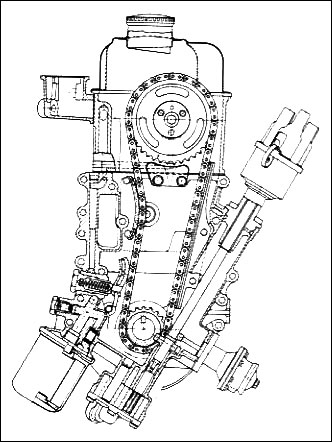Local Finds: 1974 Opel Manta Rallye

It’s always nice to see an example that’s obviously received some care and feeding during its lifetime. Most Spannerhead readers know I have a real soft spot for the Opel Manta, so I was pleased when this ad popped up.

The seller is asking $4,200, an entirely reasonable price for a Manta in the condition shown, especially since—by the seller’s description—there’s very little rust, and none of it structural. The color doesn’t really appeal, but the paint appears to be in good nick. If I bought it, I would consider painting the hood to match; the black hood was part of the “Rallye” trim package and doesn’t really jive with the brown.

The above really represents the Manta’s best view. The mini-pony car proportions are shown to good effect and the simple, cohesive lines draw together nicely at the rear. I don’t even mind the federally-mandated crash bumpers. Are they big? Sure. Would I prefer the thin chrome bumpers fitted to the 1970-1972 cars? Yes I would. But they’re not a dealbreaker.

I believe the seats are aftermarket pieces, or at least not original to the Manta, although they look period and quite comfortable to boot. The aformentioned Rallye trim package includes a tachometer and additional auxiliary gauges.

The car is equipped with a 1.9l CIH 4-cylinder engine and a 3-speed automatic transmission. As much a fan as I am of rowing my own gears, I’d gladly make an exception for the Manta, since the whole point of ownership isn’t about performance so much as style and presence. When it was first released, the Manta boasted very competent handling, but nowadays an average modern family sedan could wipe the asphalt with it in the corners. Owning and driving one, then, would be about cruising and enjoying the elemental feel of a little gem of a car from the 1970s.














